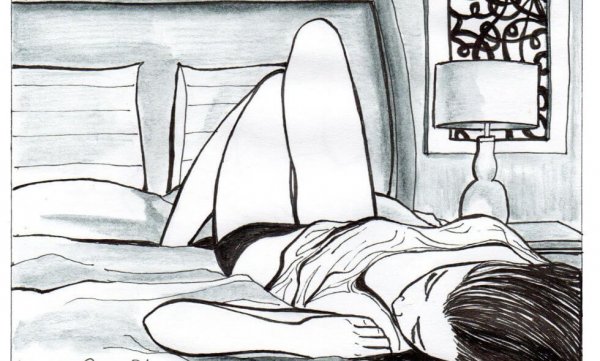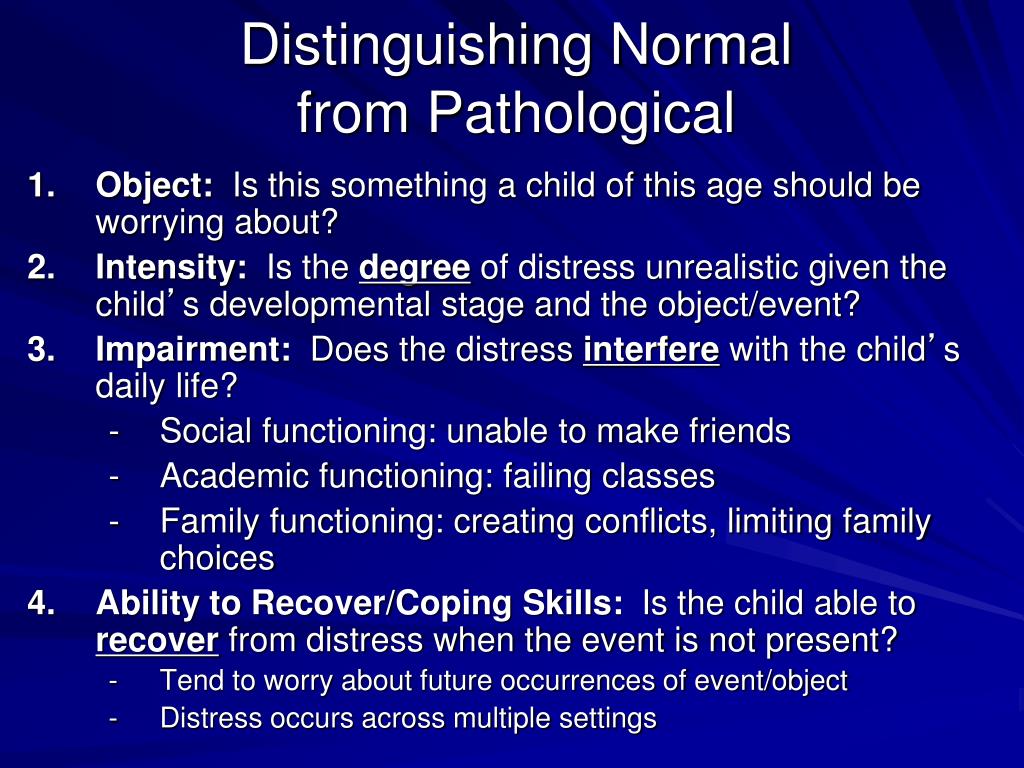

There is research that suggests Alzheimer’s disease and other forms of dementia may contribute to hoarding behaviors by magnifying existing personality characteristics and behavior patterns in older adults. Others will hold on to items because they fear their memories will be lost without tangible evidence of the past.Īccording to the American Psychiatric Association (APA), “individuals with pathological hoarding behaviors could receive a diagnosis of obsessive-compulsive disorder (OCD), obsessive-compulsive personality disorder, anxiety disorder not otherwise specified or no diagnosis at all, since many severe cases of hoarding are not accompanied by obsessive or compulsive behavior.” Many times hoarding demonstrates a need for comfort because of the deep fears and anxiety the sufferer experiences. Losing or disposing of a possession may produce extreme anxiety or even a sense of loss and grief. People who tend to hoard frequently consider their possessions essential to their identities. Hoarding often creates such cramped, dangerous and unsanitary living conditions that homes may be filled to capacity, with only narrow pathways winding through stacks of clutter. Hoarding disorder, the excessive collection of items and difficulty parting with them, is another behavioral pattern that is closely associated with anxiety and OCD. Learn more: Obsessive-Compulsive Disorder in Elders Hoarding in Elderly Individuals In older adults, obsessive-compulsive symptoms could be related to Alzheimer’s disease or related dementias. At best, it produces temporary relief from the anxiety created by obsessive thoughts. Performing such rituals is not pleasurable for people living with OCD. The germophobic senior is likely meticulous about hand hygiene, but the elder with OCD will engage in excessive and ritualized behaviors that may or may not be directly related to their obsession (e.g., repetitive hand washing that results in injury and interferes with other daily routines). Both are overwhelmed with irrational fear of and worry about being exposed to bacteria and falling ill, doing everything in their power to avoid people who are sick and places or objects that are “contaminated” or dirty.

While it is crucial for seniors (and their caregivers) to have candid conversations about all symptoms and concerns with their doctors, this example also underscores the need for a comprehensive approach to caring for older adults.įor example, a senior with OCD who has a contamination obsession may closely resemble another older adult who has a specific phobia of germs and illness. Depending on the symptoms a senior is experiencing and which ones they consciously or unconsciously choose to share with their physician, they may receive a referral to a cardiologist, a gastroenterologist or even a sleep specialist instead of a psychiatric interview. In fact, there is considerable overlap between the symptoms of many health conditions and anxiety disorders.įor instance, symptoms of generalized anxiety disorder can include difficulty concentrating, increased heart rate, irritability, sleep problems, digestive issues, rapid breathing, sweating and shaking.

Depression, cognitive decline/dementia, cardiovascular disease, respiratory conditions, and limited mobility/falls are just a few issues that commonly co-occur with late-life anxiety. Since late adulthood is often characterized by considerable changes in health, independence, cognition, and social support, it can be difficult to accurately diagnose psychiatric disorders in older adults. Many different factors affect the manifestation and severity of one’s symptoms. Physical difficulties with activities of daily living (ADLs).Having several chronic medical conditions.The following factors increase a person’s risk of having late-life anxiety:

#Pathological fear of aging full
Research shows that there are more adults who do not meet the full criteria for a psychiatric diagnosis yet still have clinically significant anxiety, panic or obsessive-compulsive symptoms that interfere with their functional abilities.Īnxiety disorders typically develop early in life and late onset is relatively infrequent. However, psychiatric disorders are widely underdiagnosed and undertreated, especially in this age group. Studies estimate that the prevalence of anxiety disorders in older adults is between three and 14 percent, with specific phobias and GAD being the most common. There are several different types of anxiety disorders, including generalized anxiety disorder (GAD), panic disorder, phobias and social anxiety disorder.


 0 kommentar(er)
0 kommentar(er)
